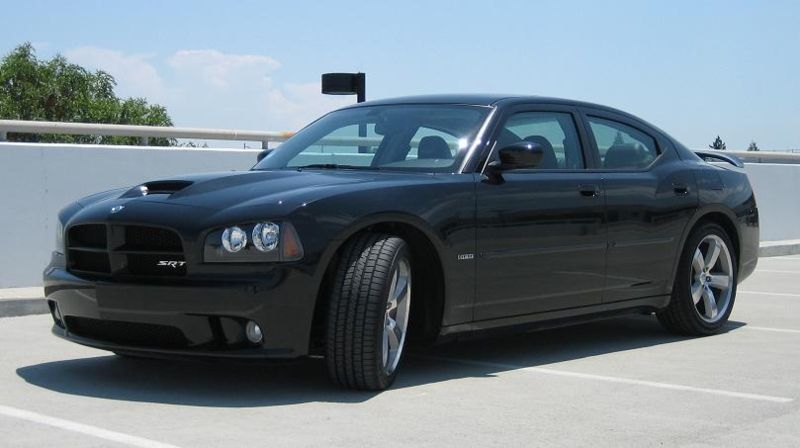
Your Dodge vehicle uses relays to control the flow of current in various electrical circuits and their components, much like a regular switch. They are very efficient switches, since all you need is a small current to control a larger current to power components. However, electrical current may burn terminal contacts or break the internal coil after years of service. Only a series of simple tests, found in this practical guide, using an ohmmeter and jumper wires will let you know whether you need to replace one or more relays on your Dodge model.
Identify the two control circuit terminals connecting to the coil inside the relay and the two power terminals that connect with the contact points. Most relays are marked on top to identify these connections. If the relay is not marked, look at the connections that hook-up to the relay terminals. The two thinner gage wires connect to the control circuit terminals and the two thick gage wires connect to the power terminals. If this does not help, consult the wiring diagram on your vehicle service manual to identify these terminals.
Check for continuity between the two power terminals. Set your ohmmeter to the lowest ohms range or continuity setting. Then touch the relay terminals with your ohmmeter probes. There should be infinite resistance or no continuity. If there is continuity, replace the relay.
Connect a fused jumper wire between one of the control circuit terminals on the relay and the positive terminal of the car battery. Then hook-up another jumper wire between the other control circuit terminal on the relay and the ground terminal of the battery. You should hear a click sound as you complete the connections. On some relays, it is important to observe polarity. Reverse the connections between the two control circuit terminals. If you still do not hear this click sound, replace the relay.
With the test connections in place on the control circuit, check for continuity between the two power terminals on the relay. Your meter should register continuity now. If not, replace the relay.

Some relays you may have to test on your Dodge model will have three terminals instead of four. The wiring diagrams in your vehicle service manual will let you know whether the relay is grounded through its case or it is externally grounded.
A case-grounded relay can be tested the same way you did with the four terminals unit on the first section above. Just remember that the relay's case will be your ground connection this time.
On externally grounded relays, identify the battery power, control circuit and power circuit terminals. Make sure there is no continuity between the battery power and power circuit terminals. Use your ohmmeter as you did on step two of the first section. If there is continuity, replace the relay.
Hook-up a fused jumper wire between the battery power terminal and the positive terminal of the car battery. Hook-up another jumper wire between the control circuit terminal and ground. You should hear a click sound as you complete the connections. If you cannot hear the click sound, replace the relay. If you hear the click, leave the relay connected to battery and ground.
Hook-up a test light between the power circuit terminal on the relay and ground. The test light should glow. If the test light does not glow, replace the relay.